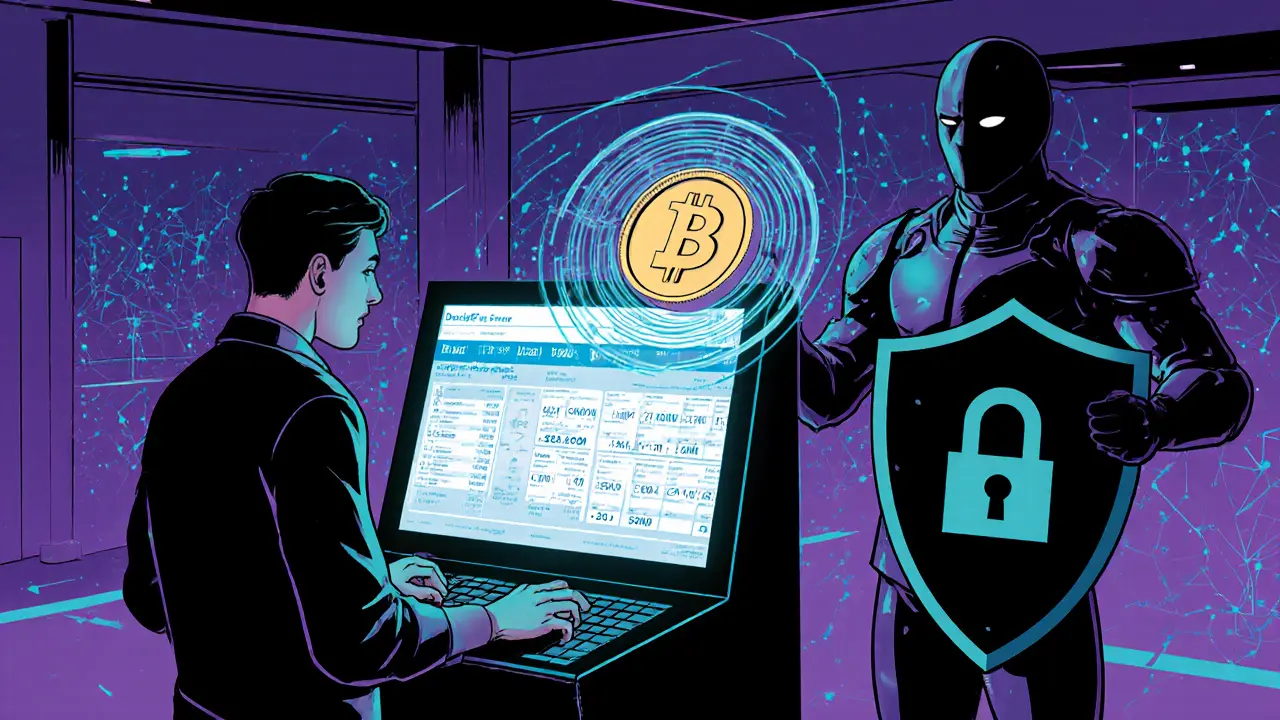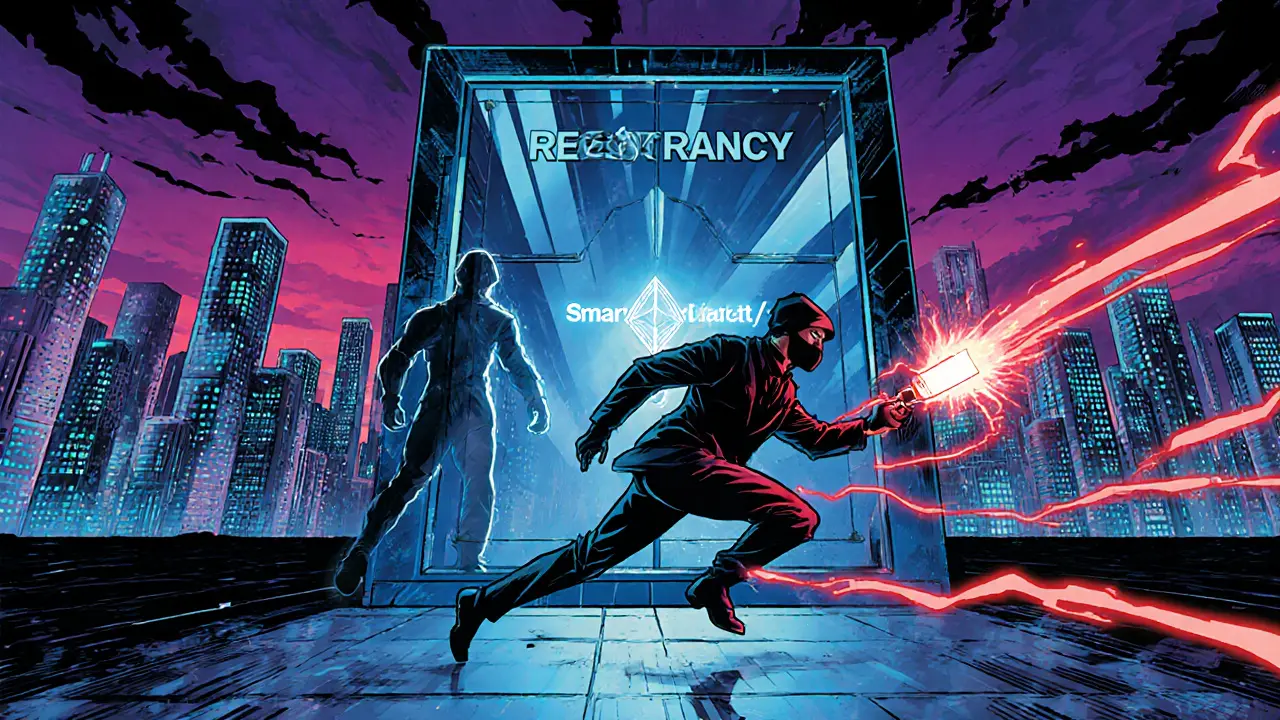Crypto Security: Protecting Your Digital Assets
When working with Crypto Security, the set of practices and tools that safeguard cryptocurrency wallets, exchanges, and smart contracts from theft and attacks, also known as digital asset protection, you’re essentially building a wall around every piece of your crypto life. A core part of this wall is Smart Contract Vulnerabilities, code flaws that let attackers hijack contract logic. The DAO hack showed how a reentrancy bug can drain millions in minutes. Modern developers fight back with patterns like Check‑Effect‑Interaction, reentrancy guards, and pull‑over‑push designs. By mastering these fixes you turn a risky contract into a reliable building block for DeFi, NFTs, and beyond.
Compliance, Monitoring, and the Human Factor
Another pillar of AML Compliance, the framework that forces exchanges to monitor and report suspicious activity is the engine that keeps the crypto ecosystem from becoming a law‑less playground. AML programs lean on KYC Procedures—simple ID checks that bind an address to a real person—and on AI‑driven transaction monitoring that scans for patterns matching money‑laundering typologies. In 2025, most top exchanges run real‑time risk scores, automatically flagging large, unusual transfers and cross‑checking against sanctions lists. The result? Fewer illicit funds slip through, and users avoid massive fines that can cripple a platform overnight.
While you secure the code and the compliance side, privacy‑focused traders often hit a roadblock: VPN Detection, methods exchanges use to spot IP masking and block or flag accounts. Exchanges analyze IP fingerprints, DNS leaks, and traffic timing to catch free‑VPN users—studies suggest 70‑80% get flagged. Premium VPNs with multi‑hop or obfuscation can slip under the radar, but they’re not a silver bullet; consistent login behavior and device fingerprints still matter. Parallel to network safety, trade‑level safeguards matter too. Stop‑Loss Strategies, rules that automatically close positions once a price threshold is hit come in two flavors: the mental stop that leans on discipline, and the automated stop‑loss order that guarantees execution even in volatile spikes. Knowing when to trust a mental stop versus an automated order can shave off slippage and protect against flash crashes.
All these pieces—smart‑contract hardening, AML/KYC monitoring, VPN awareness, and disciplined stop‑loss use—form a layered defense that any crypto participant should master. Below you’ll find deep dives into each topic, from code‑level fixes for reentrancy attacks to practical checklists for choosing the right VPN and setting effective stop‑losses. Ready to tighten your security posture? Keep scrolling to get the actionable insights you need.
Historical double-spending incidents reveal how small cryptocurrencies were hacked through 51% attacks, while Bitcoin remained secure. Learn which coins were targeted, how attacks worked, and how the industry responded.
HSM key management is the backbone of cryptocurrency exchange security. Learn how hardware security modules protect private keys, prevent hacks, and ensure regulatory compliance with real-world examples from Kraken, Coinbase, and more.
Cloud HSMs are the industry standard for securing cryptocurrency private keys. Learn how they work, their costs, top providers, and why they're mandatory for exchanges handling over $1 million daily.
Chainalysis and Elliptic are the two leading blockchain forensics tools used by law enforcement and crypto businesses to trace transactions, detect illicit activity, and ensure compliance. Learn how they work, where they differ, and who should use them.
Cryptocurrency phishing scams trick users into giving up private keys or sending crypto to fake sites. Learn how they work, the most common types, and how to protect yourself from losing everything.
Learn how cryptocurrency exchanges stop double‑spending attacks with confirmations, consensus mechanisms, and real‑time monitoring.
Learn how crypto exchanges detect VPN usage, why 70‑80% of free VPN users get flagged, and practical steps with premium VPNs to stay trading safely.
Learn the key differences between mental stop‑losses and automated stop‑loss orders, see when each works best, and get a practical checklist to protect your trades.
Learn how reentrancy attacks exploit smart contracts, the DAO hack fallout, and practical defenses like C‑E‑I, reentrancy guards, and pull‑over‑push patterns.
Explore how crypto exchanges build AML programs, from KYC to AI monitoring, and learn why compliance is crucial for staying legal and avoiding massive fines.










